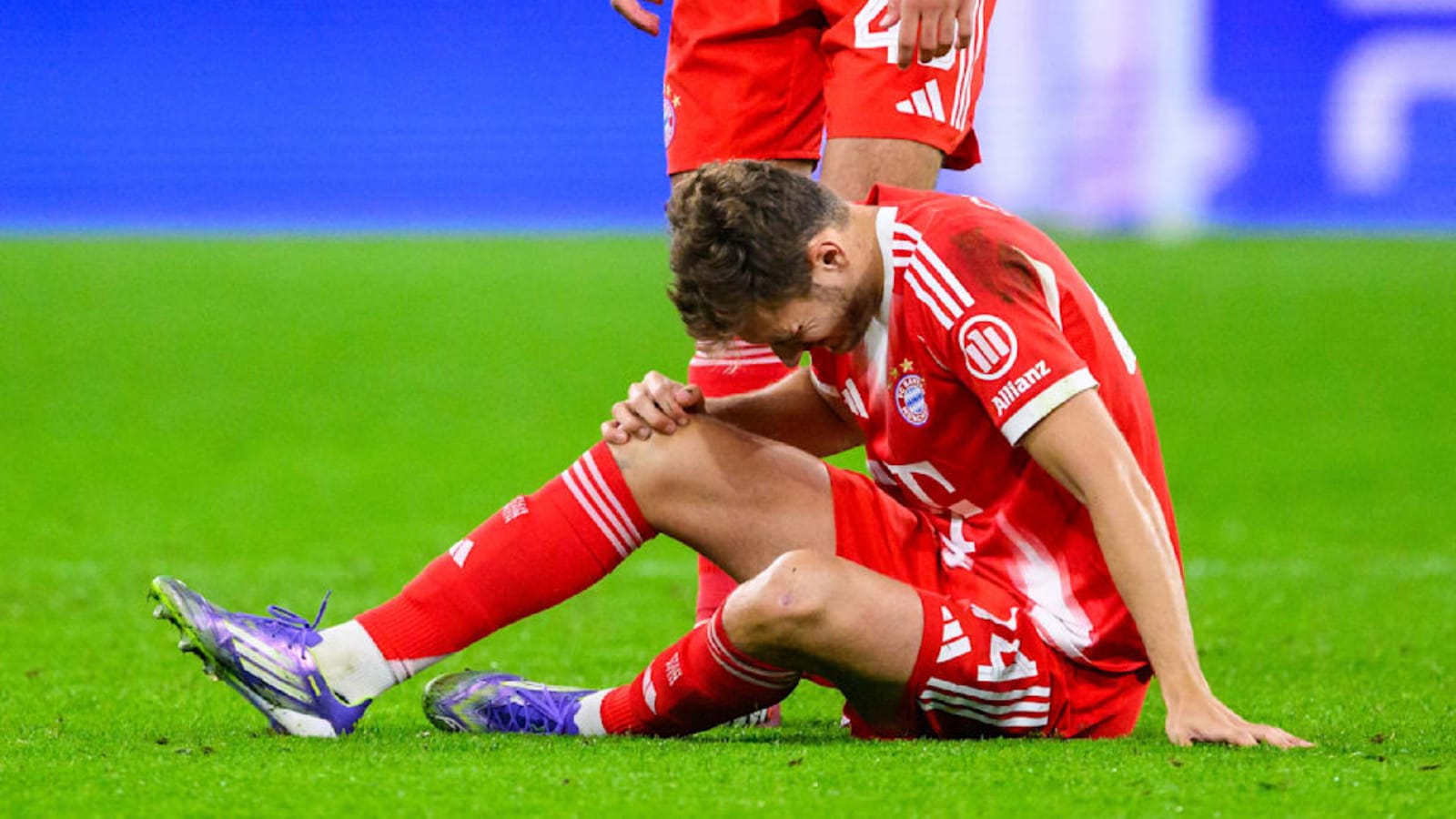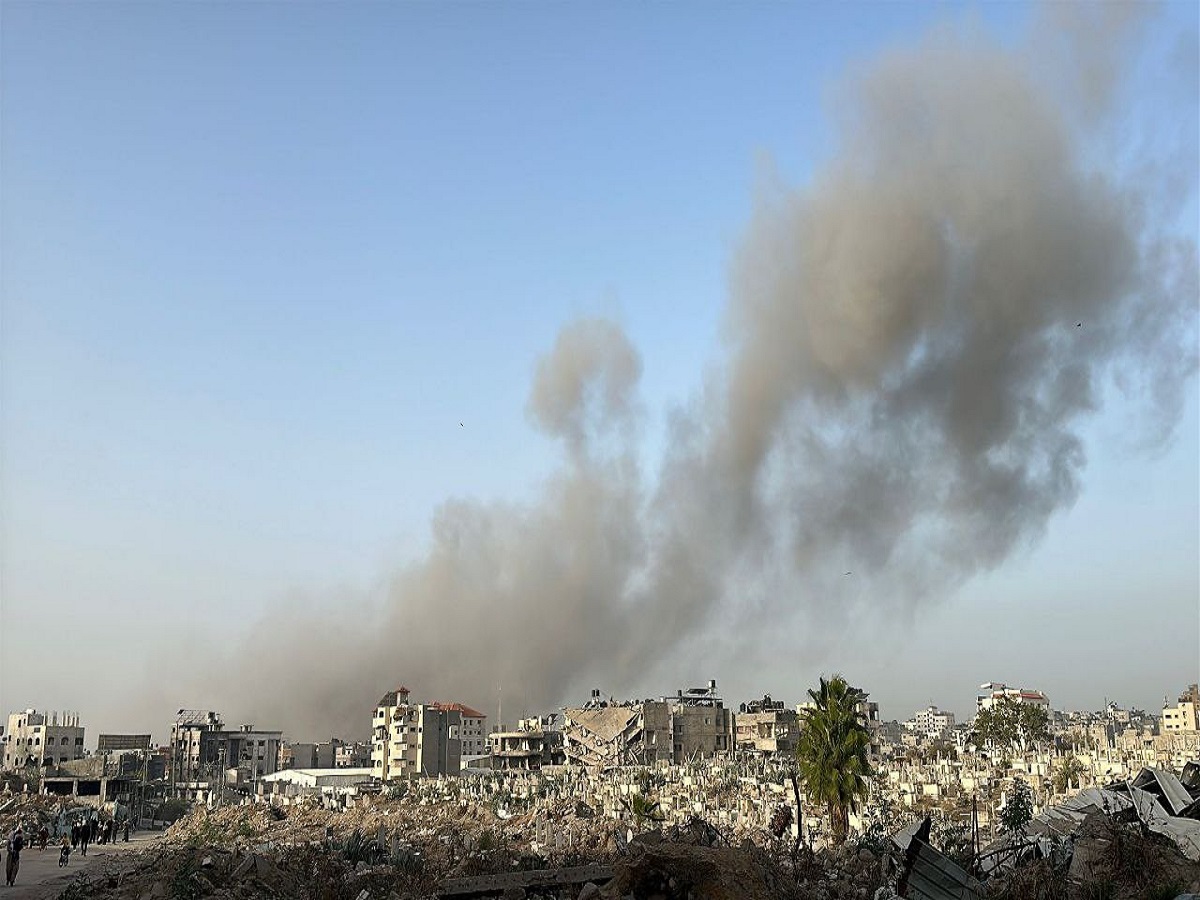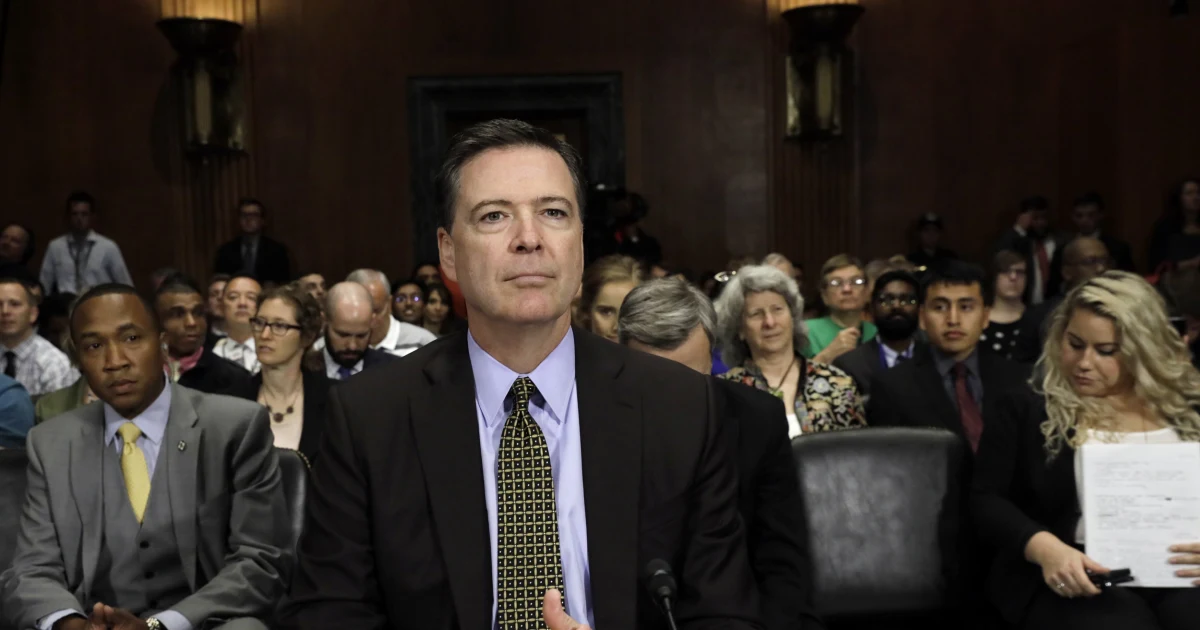By News18,Siddarth Sriram
Copyright news18

Global players’ union FIFPro has issued a stark warning over the risks posed by both extreme heat and player burnout ahead of the 2026 FIFA World Cup in the United States, Mexico and Canada.
The alarm comes in the aftermath of this summer’s expanded Club World Cup in the U.S., which exposed players to scorching afternoon conditions and heavy workloads immediately after the European season.
Heat Risks on a “Warming Planet”
Alexander Bielefeld, FIFPro’s director of policy and strategic relations, described the Club World Cup as “a wake-up call in the context of a warming planet,” with matches regularly played in temperatures well above 30°C.
FIFPro flagged “severe challenges to players’ and participants’ safety and health” when competing in such conditions. The union has urged FIFA to reassess the World Cup schedule and venue selections to ensure both player safety and fan well-being.
Among the measures suggested were longer half-time breaks, more frequent cooling breaks, and the potential use of air-conditioned stadiums. “We are having informal discussions [with organisers] about the use of air-conditioned stadiums,” said general secretary Alex Phillips, though he admitted “nothing concrete” had yet materialised.
Mounting Pressure from Fixture Congestion
Alongside the climate issue, FIFPro stressed that the timing of the Club World Cup had a “very negative impact” on player rest periods and pre-season preparation.
The report found that no player from the participant clubs achieved the minimum 28-day off-season, with many denied the required four-week pre-season and re-training period before launching into the new campaign.
Nottingham Forest and New Zealand striker Chris Wood highlighted the long-term danger.
“For us as players, it’s vitally important that we have the recovery period to go again. Not having the minimum recovery period is feasible over one or two seasons, but not for five or six,” Wood stated.
Young Talents at Risk
The report also flagged concerns about the overuse of teenage stars. Barcelona’s Lamine Yamal has already played over 8,000 minutes for club and country before turning 18, eclipsing the early workloads of generational talents like Andrés Iniesta or Kylian Mbappé.
Darren Burgess, chair of FIFPro’s high-performance advisory network, warned, “Players are still growing and maturing until 24-25 years of age. Overexposure before then is taking an injury risk.”
Wood echoed the sentiment, noting that young players often ignore long-term risks in their eagerness to play:
“When you’re young, you just want to play football. You don’t think about how your body is changing and growing. It’s about finding that balance by educating younger players about the risks.”
(with agency inputs)



